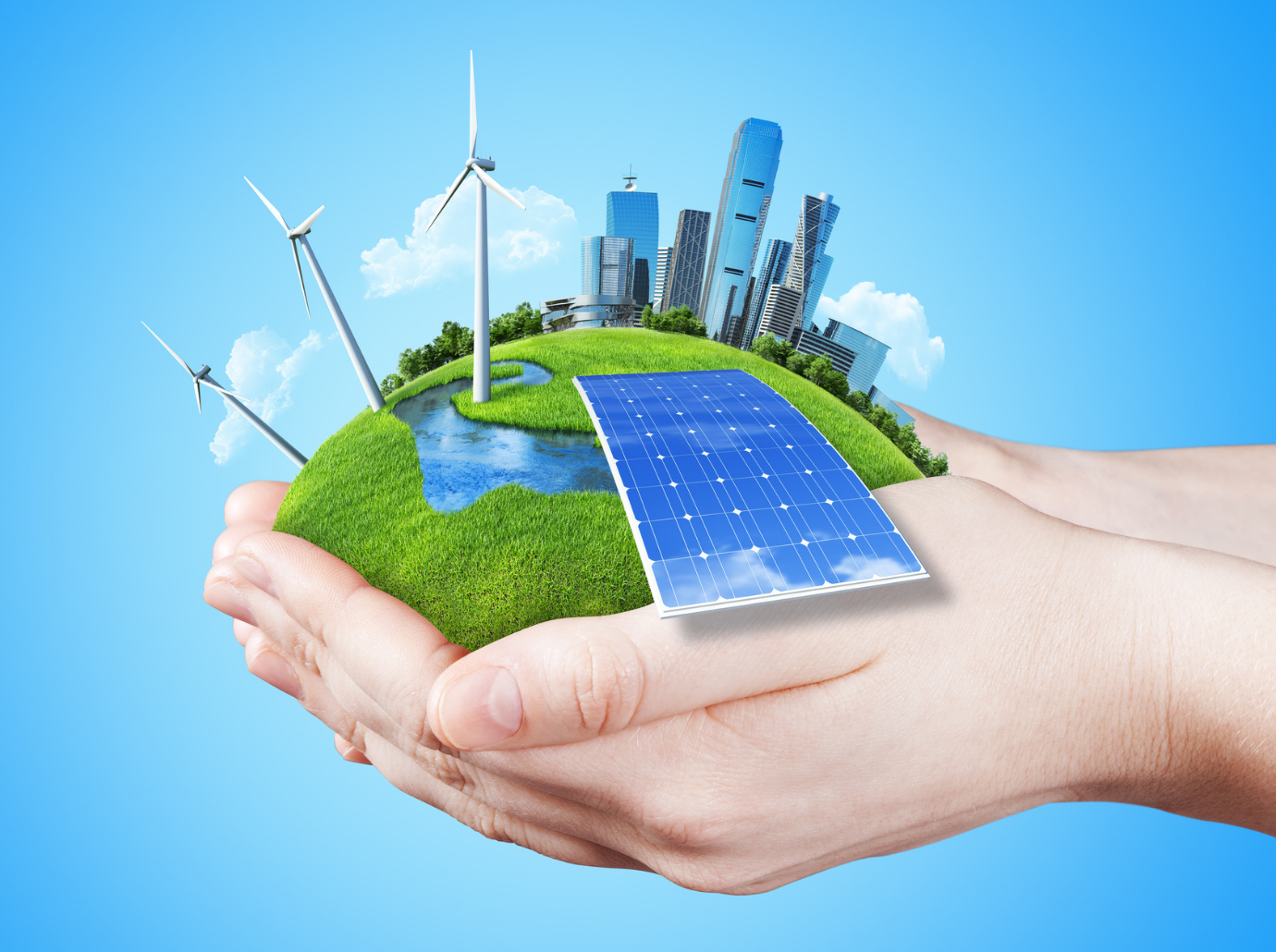While the globe struggles with the pressing challenges of environmental crises and energy independence, the quest for sustainable energy alternatives has become increasingly vital. Sustainable energy holds a place in the forefront of this shift, utilizing the Earth's natural resources to provide clean, effective, and consistent power. Among Solar Panels of technologies emerging in this field, ocean energy, particularly tidal and wave power, offers a unique and untapped potential. With vast coastlines and powerful ocean currents, the potential to generate energy from our seas is significant and has yet to be fully realized.
This article delves into the transformative potential of ocean energy, analyzing how innovations in tidal energy can influence a cleaner, environmentally-friendly future. We will also examine the broader landscape of renewable energy technologies, including solar and wind technological improvements to innovative battery storage solutions, and how these advancements are connected with essential elements like smart grids and artificial intelligence. Come along with us on a journey to comprehend how a multifaceted range of renewable sources, such as the power of the tide, is set to transform our energy systems and lead to a sustainable future.

Advanced Marine Power Technologies
The promise of sea power has gained substantial focus as a key component of the renewable energy landscape. Among the prominent technologies, wave energy stands out due to its predictable character, harnessing the dynamic energy of tidal currents to produce electricity. State-of-the-art tidal turbines and underwater generators are being developed to function effectively in various oceanic contexts. By taking advantage on the gravitational forces influenced by the moon and sun, tidal energy systems can offer a stable source of energy, making them an appealing option for coastal communities and island nations.
Ocean energy is another hopeful area of marine power innovation. Wave energy converters, using multiple mechanisms such as vibrating water columns and point absorbers, harness the massive power created by ocean waves. These systems can be installed offshore, where the energy output remains steadily high, irrespective of weather conditions. As study and development continue, advancements in substances and design are enabling ocean energy converters to turn out to be more effective and green, paving the way for wider integration and inclusion into the energy grid.
As the focus on renewability grows, buoyant solar farms are also arising as a complementary technology to marine energy. By utilizing the vast expanses of oceans and large bodies of water, these solar arrays can produce considerable amounts of clean power while minimizing land use. New developments in floating structures make it more feasible to install solar panels in offshore waters, where sunlight is plentiful. This convergence of solutions not only improves power generation but also supports ecological balance by reducing water loss and enhancing water quality in water environments.
Innovations in Alternative Energy Storage
The combination of green energy forms like sunlight and wind into our power grid requires novel storage strategies to ensure a dependable energy supply. Established energy systems have depended primarily on fossil fuels, which can be delivered on demand. However, renewable sources are often variable, making efficient energy storage vital. Recent breakthroughs in battery tech, such as lithium-sulfur and solid-state batteries, offer enhanced energy density, speedier charging, and extended lifespans, facilitating a more effective balance between energy supply and demand.
Beyond batteries, additional storage methods are growing traction. Hydropumped storage has long been a reliable means of holding energy, but new technologies like flywheels and compressed air energy storage are being developed to provide quick response capabilities for grid stability. Additionally, progress in thermal storage, particularly using liquid salts, are allowing for the storage of solar energy to be used when the sun isn't out, thus enhancing the reliability of solar power.
The importance of artificial intelligence in enhancing storage systems cannot be ignored. AI algorithms are improving the efficiency of energy management, projecting demand, and augmented the integration of multiple storage technologies into the grid. By examining data in live time, these technologies not only anticipate energy needs but also help in making smart choices on the best storage methods to utilize, ensuring that renewable energy can be harnessed and effectively applied, clearing the way for a sustainable energy outlook.
A Outlook of Sustainable Energy Incorporation
As we look into the future, the incorporation of renewable energy resources is essential for eco-friendliness and effectiveness. The synergy between different technologies, such as solar, wind, and tidal energy, can develop a more robust energy grid. Advancements in smart grids enable real-time data sharing and energy management, ensuring that energy flow matches demand. This incorporation not only enhances dependability but also facilitates the seamless shift to clean energy resources across areas.
Additionally, developments in energy storage technologies, such as revolutionary battery developments, will play a key role in this incorporation. By tackling the inherent variability of renewable resources like solar and wind, effective energy storage options will enable surplus energy to be stored and used when generation is low. This feature will make renewable energy not only more reliable but also a leading player in the energy market, considerably reducing dependency on fossil fuels.
In addition, the role of AI in optimizing energy distribution cannot be overstated. AI technologies can analyze data patterns to forecast energy production and consumption, allowing for better integration of renewable sources into existing grids. When electric vehicles grow more prevalent and engage with renewable energy systems, the overall energy ecosystem will evolve, leading to more intelligent and more sustainable energy solutions for communities worldwide.
